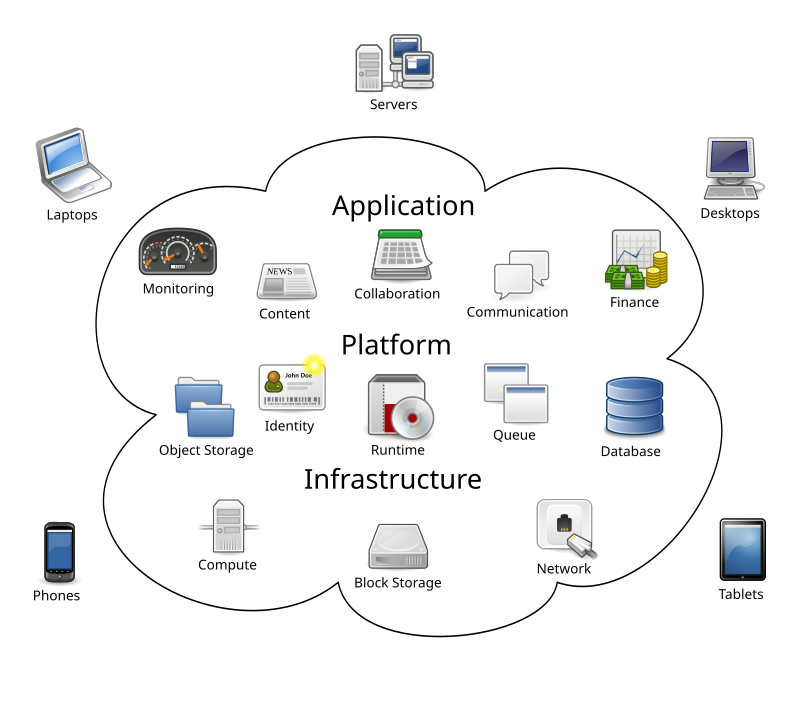Real-World Applications of Cloud Models - SaaS, PaaS, and IaaS
Cloud computing offers versatile models tailored to various needs: Software as a Service (SaaS), Platform as a Service (PaaS), and Infrastructure as a Service (IaaS). These models empower businesses to choose solutions that best fit their operational goals, from accessing software over the internet to developing custom applications without managing underlying infrastructure.
Understanding Cloud Models with Examples
| Cloud Model | Description | Examples |
|---|---|---|
| Software as a Service (SaaS) | Provides access to software applications via the internet, eliminating the need for local installations. Users can access SaaS from a web browser. | Microsoft Office 365, Salesforce |
| Platform as a Service (PaaS) | Offers an environment for developers to build, deploy, and manage applications without handling infrastructure. Ideal for application development and management. | Google App Engine, Heroku |
| Infrastructure as a Service (IaaS) | Provides virtualized computing resources, allowing businesses to rent servers, storage, and network capabilities. Organizations maintain control over their IT infrastructure. | Amazon Web Services (AWS), Google Cloud Platform |
SaaS: Simplifying Software Access
SaaS enables users to run applications directly from the cloud, removing the need for installation and minimizing maintenance efforts. Microsoft Office 365 is a popular example, allowing users to access productivity tools like Word, Excel, and PowerPoint online.
PaaS: A Developer’s Playground
With PaaS, developers gain an integrated environment to build and deploy applications without managing servers. Google App Engine exemplifies this model, providing a scalable platform for developers to host applications.
IaaS: Virtual Infrastructure on Demand
IaaS allows organizations to rent the IT infrastructure they need without owning physical hardware. With AWS, businesses can scale their resources up or down, meeting dynamic demand without a permanent commitment to hardware.
Challenges with Cloud Computing: The WikiLeaks Example
Cloud computing isn’t without challenges, especially regarding content control and provider dependency. In 2010, WikiLeaks faced an issue with Amazon Web Services (AWS), which suspended its hosting services for WikiLeaks, citing a violation of terms. AWS claimed WikiLeaks stored unauthorized content, potentially endangering lives. This incident highlights the risks organizations face when relying on third-party providers that may enforce unilateral decisions based on their policies.
Case Study: Google Cloud Connect
Google Cloud Connect was a tool that allowed users of Microsoft Office to save and sync their documents with Google Docs (now Google Drive). This plugin enabled collaborative work, offline editing, and version control, making it a useful tool for business teams. Though discontinued in 2013, Google Cloud Connect was an early step in integrating office software with cloud storage and collaboration tools.
Visualizing Cloud Model Adoption Rates
The graph below illustrates the estimated adoption rates of cloud models among organizations.
xychart-beta
title "Cloud Model Adoption Rates (Estimated % of Organizations)"
x-axis [SaaS, PaaS, IaaS]
y-axis "Adoption Percentage (%)" 0 --> 100
bar [85, 45, 30]
Understanding the practical applications of cloud models helps organizations select the most appropriate solution for their needs. SaaS provides ready-to-use applications, PaaS simplifies development, and IaaS offers customizable infrastructure. However, cases like WikiLeaks underscore the importance of evaluating risks associated with provider dependency and content control in cloud environments.
